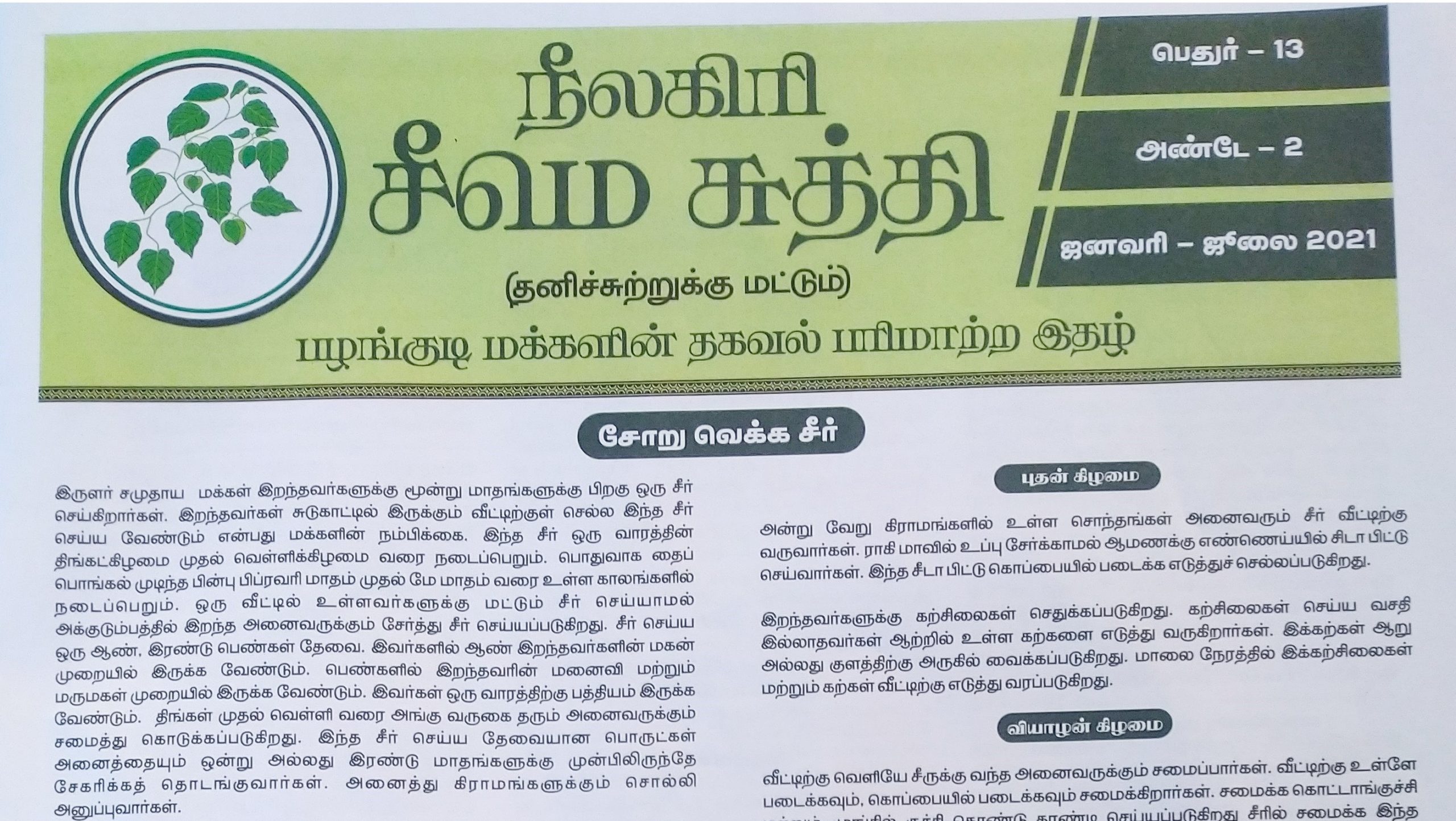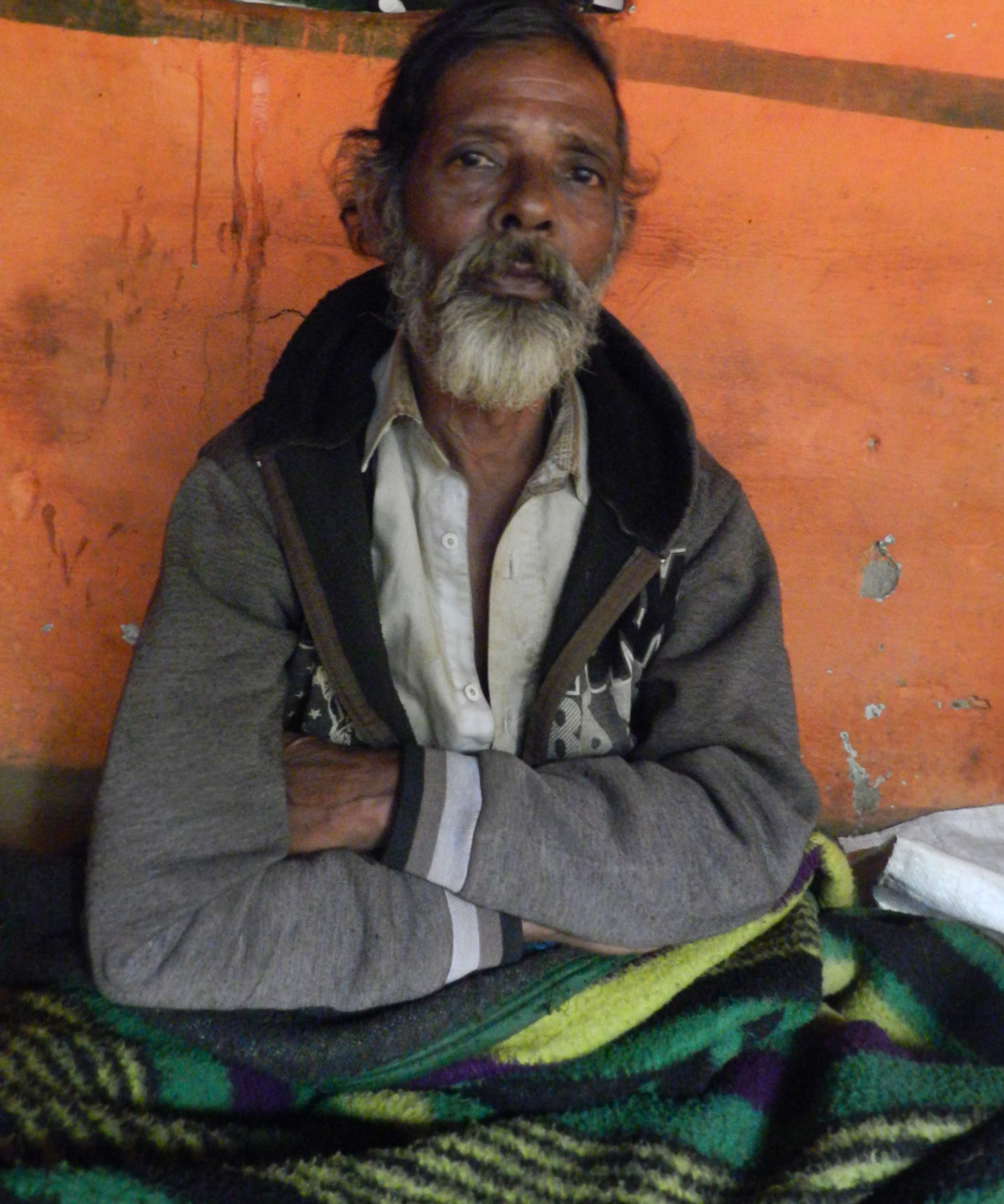In the beginning, a group of Adivasi youth and women were selected to become ‘barefoot journalists’ who started bringing news from villages. These related to cultural aspects and information on death, birth, festivals, celebrations, etc. This news was edited by Selvi a young Adivasi girl, heading the Culture and People program at Keystone. This made the newspaper a voice of the Adivasi community, where the content, reporting, editing, printing and distribution was in their hands.
Initially, many tribals did not understand the concept of a newspaper and were apprehensive of sharing information. The reporters had to convince them about the objective of the newspaper. After the first edition of the newspaper, however, people were convinced that it was indeed a good idea to have a community newspaper. “In the beginning, we had doubts about the Nilgiri Seemai Suddhi newspaper. Later when we started reading the newspaper, we realised it is very important and useful. We get to know about the news and happenings in other villages without having to go there,” one community member said.



